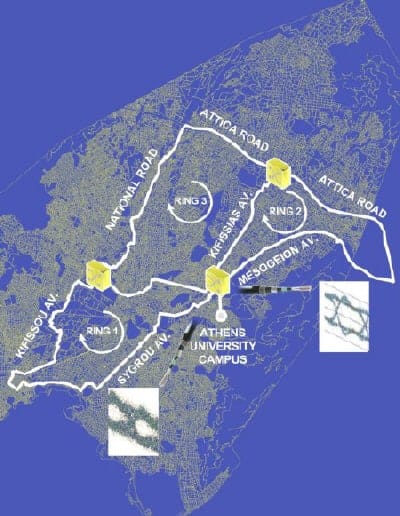A team of European scientists has shown that chaos can be used to encrypt and send data in a commercial fibre-optic network. Although chaotic communication has been demonstrated in the lab before, this is first time that it is has been made to work with a real fibre network (Nature 438 343).

Claudio Mirasso of the Universitat de les Illes Ballears in Spain, and co-workers in Greece, France, Italy, Spain, Germany and the UK, have shown that it is possible to embed the data in a chaotic signal, send it a distance of 120 kilometres, and then decrypt it at the other end. The team, which is part of the EU-funded OCCULT project, transmitted data at rates of 2.4 gigabits per second over a network in Athens, Greece.
Mirasso and co-workers used of a pair of laser diodes that were driven by nonlinear feedback so that their outputs became chaotic. Data is embedded in the output of the laser at the transmitter, which makes eavesdropping very difficult. Moreover, since chaotic signals contain a wide range of frequencies, they are robust to interference effects. At the receiver, the chaotic output from the second laser – which is synchronized with the first laser – is subtracted to leave the data.
According to Mirasso, who is the project co-ordinator, the chaos-based approach is attractive because it is compatible with both installed optical fibre and the popular transmission technique known as wavelength division multiplexing (WDM). “Our preliminary results suggest that the security can be high, but we have not quantified it yet,” says Mirasso. “This is the main task we have for the future – to define, test and calibrate the security that our system can offer.”




